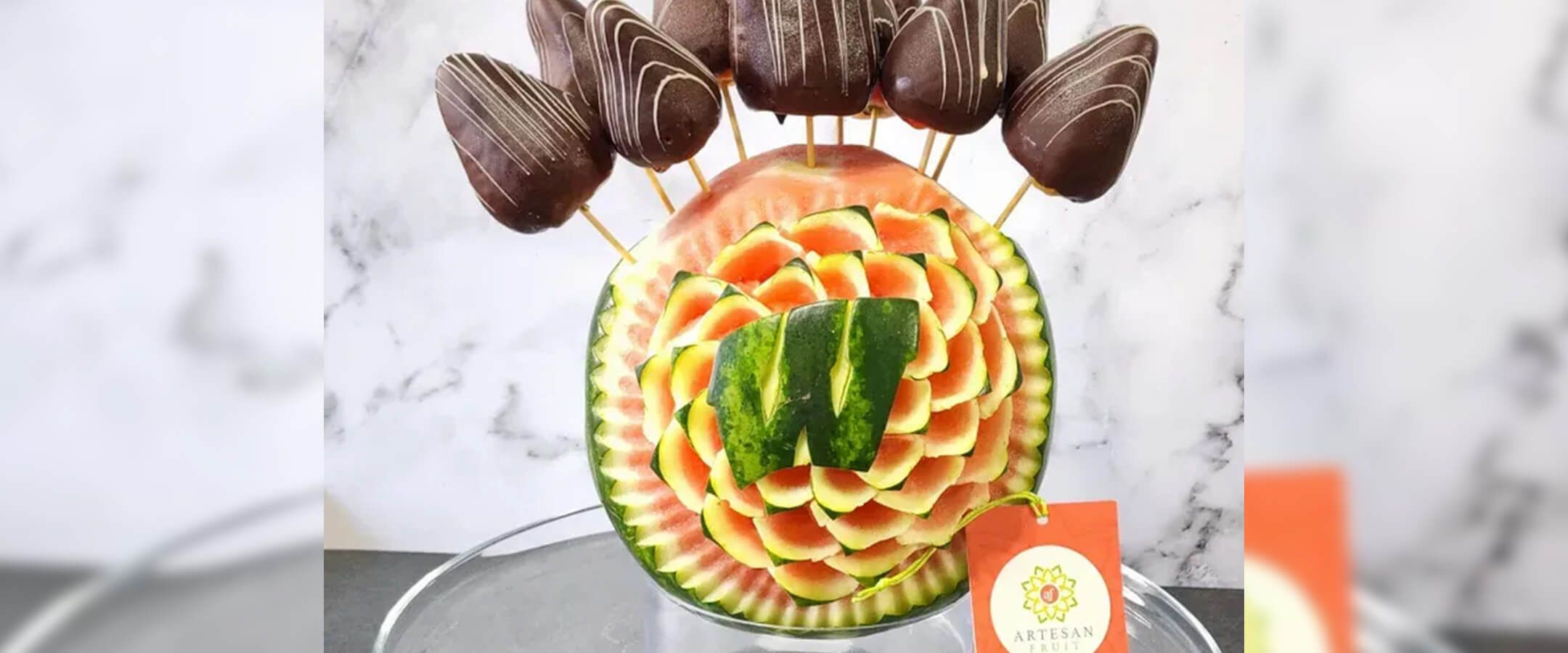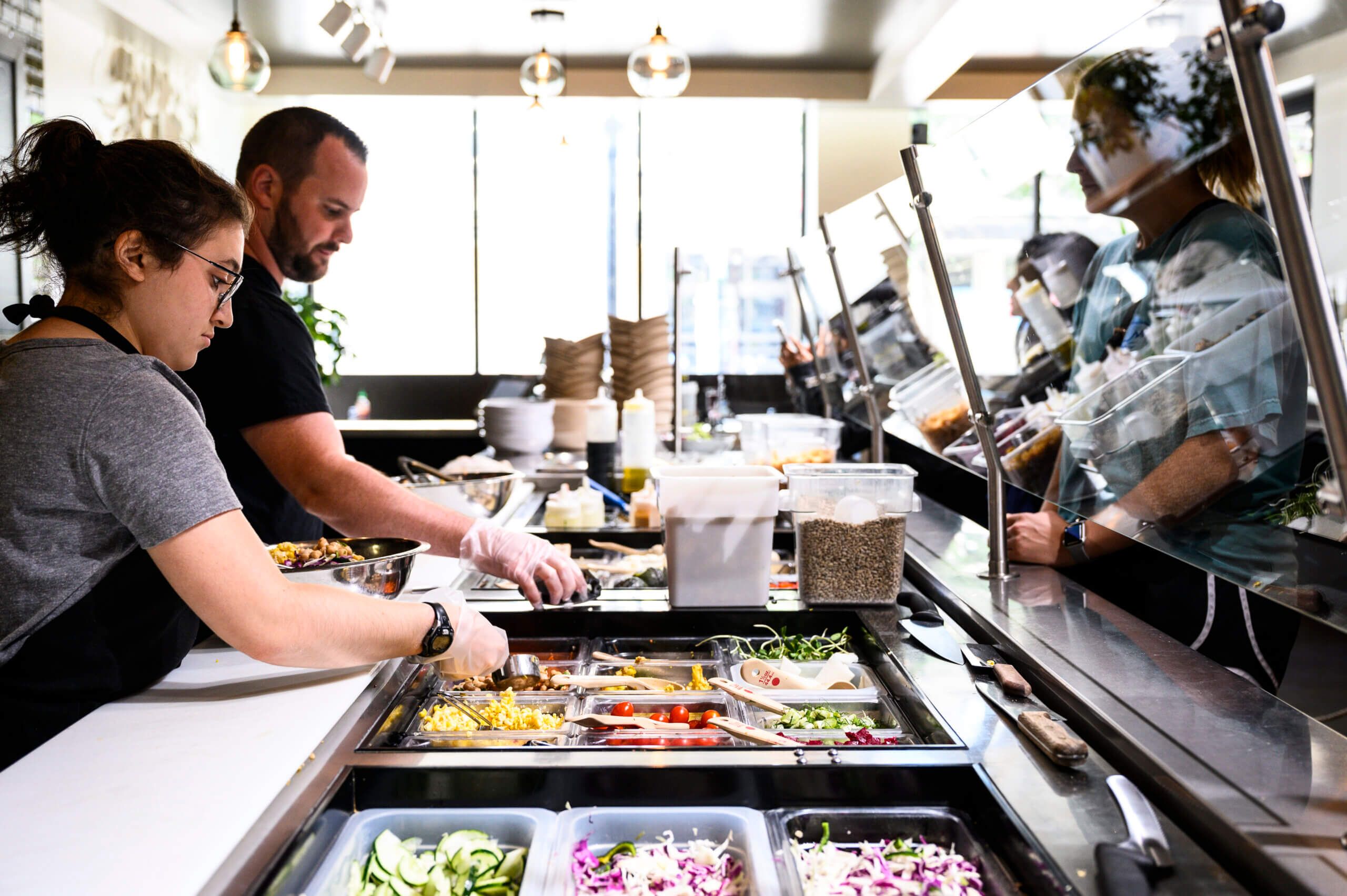Barbara Ingham is a professor of food science at the UW and a food safety specialist with the Division of Extension. She provides home-canning training so that people can stock their pantries and enjoy the bounty of their gardens and local farmers’ markets well past the growing season. Preserve delicious salsas, fruits, and veggies — as well as your health — with these five home-canning safety tips.
1. Check sources
Take food safety seriously. Recipes and canning instructions should be well-researched by trusted sources. The National Center for Home Food Preservation (NCFSEN) has recipes that are safe to use. The Division of Extension Learning Store also has several digital books written by Ingham that are available for free.
2. Update recipes.
Today’s home-canning standards are not your great-grandmother’s standards. Food safety recommendations are significantly different from what they were 20 years ago. Use recipes written after 2015, or compare your older family recipes with up-to-date versions.
3. Test equipment.
Make sure your canning equipment is in tip-top shape. There are several approved methods, depending on what you plan to can.
Boiling water canner:
- Used for foods high in acid, such as fruits, pickles, and salsas.
- Make sure the lid fits tight and the bottom sits flat on the stovetop.
Atmospheric steam canner:
- Can be used as an alternative to a boiling water canner.
- Uses less water and takes less time to reach the proper temperature.
- The UW conducted research on steam-canning in collaboration with NCFSEN. Learn more tips about this method recommended for acid foods.
Pressure canner:
- Used for vegetables and meats with low levels of acid.
- Some have a dial gauge and others have a weighted gauge. Dial gauges should be tested every year. (Wisconsinites can contact their county Extension office to do this.)
- Pressure cookers or saucepans are not an approved alternative.
4. Collect gear.
Feel free to thrift or reuse canning jars as long as they’re still in good shape, but you’ll need to buy new lids each year to ensure that the jars will properly seal. Lids should be two pieces: a top piece and a rust-free screw band. Use your recycled mayonnaise jars for another project — they won’t cut it for home-canning. The UW has developed handouts on jars and lids for home canning, also available through NCFSEN.
5. Follow recipes.
Don’t use that hack or shortcut for home-canning that you saw online unless it’s written in your well-researched recipe. Dirty dishes go into the dishwasher — not food that you plan on eating. So, say no to dishwasher or oven hacks and opt for tried-and-true canning methods: boiling water canning, steam canning, and pressure canning. And though it’s fun to get creative in the kitchen, this is one area of food prep that requires strict observance of a recipe’s ingredients and process.








